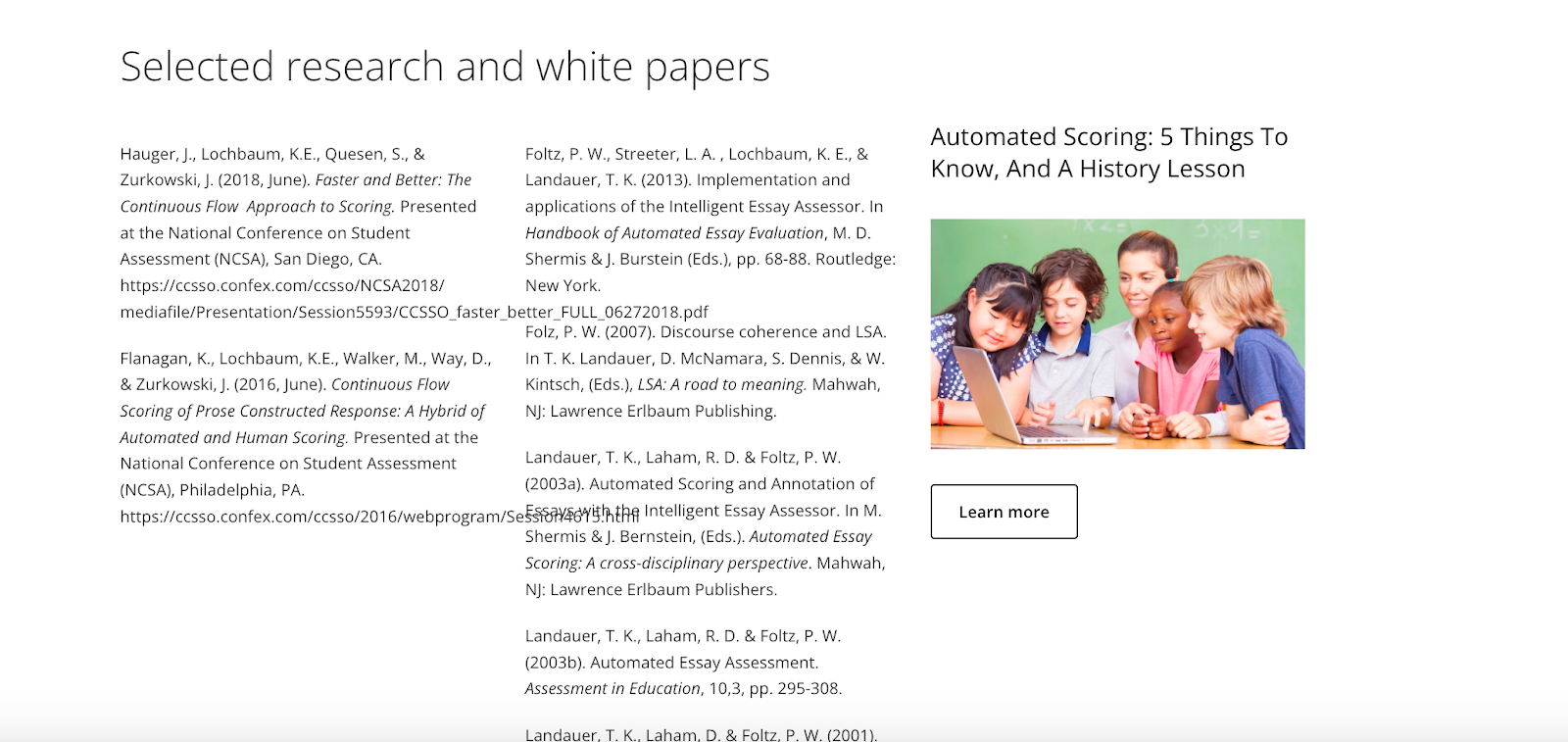I'm watching the SBOE meeting today(Jan 30, 2024). At TCTELA and CREST, we asked for the rubrics, how they were developed, and the research behind them. The curriculum division didn't have the knowledge. So, I started looking.
HB 1605 Requires a New Instructional Materials Review Process
Right now in the board meeting, they are talking about the IMRA process that will replace the previous Texas Resource Review Process. The focus is to approve the rubrics that have been developed. The development process and public review has already happened.
In the IMQE/Texas Resource Review, we already evaluated the stuff in the light blue. HB 1605 says that we have to have guidance about the dark blue stuff as well.
And don't get me going on the three-cuing ban. How can you ban phonics? V is phonics in MSV. No one ever meant that kids would look at the pictures and guess what the words were. And that only works in a very limited range of texts anyway. That practice is one of those things that gets bastardized in application. It probably happened. But it was never the research. But it's a silly thing to ban a practice that says we need to focus on meaning, the way our language functions in terms of grammar, and the visual - phonic elements of the language.
Where are we on the timeline?
Call for Reviewers has already gone out. A publisher interest form has been sent. As I was searching the TEA website and other searches, I couldn't find the 9-12 ELAR rubrics. Does anyone know where these are?
K-3 IMRA ELA Rubric Updated in December
K-3 IMRA SLA Rubric Updated in December
4-8 IMRA ELA Rubric Updated in December
4-8 IMRA SLA Rubric Updated in December
4-8 IMRA SLAR Rubric Updated in January
4-8 IMRA ELAR Rubric Updated in January
K-12 IMRA Math Rubric Updated in December
K-12 IMRA Math Rubric Updated in January
What's Next:
PS - Also would like to see the research referenced that guides this rubric component.










